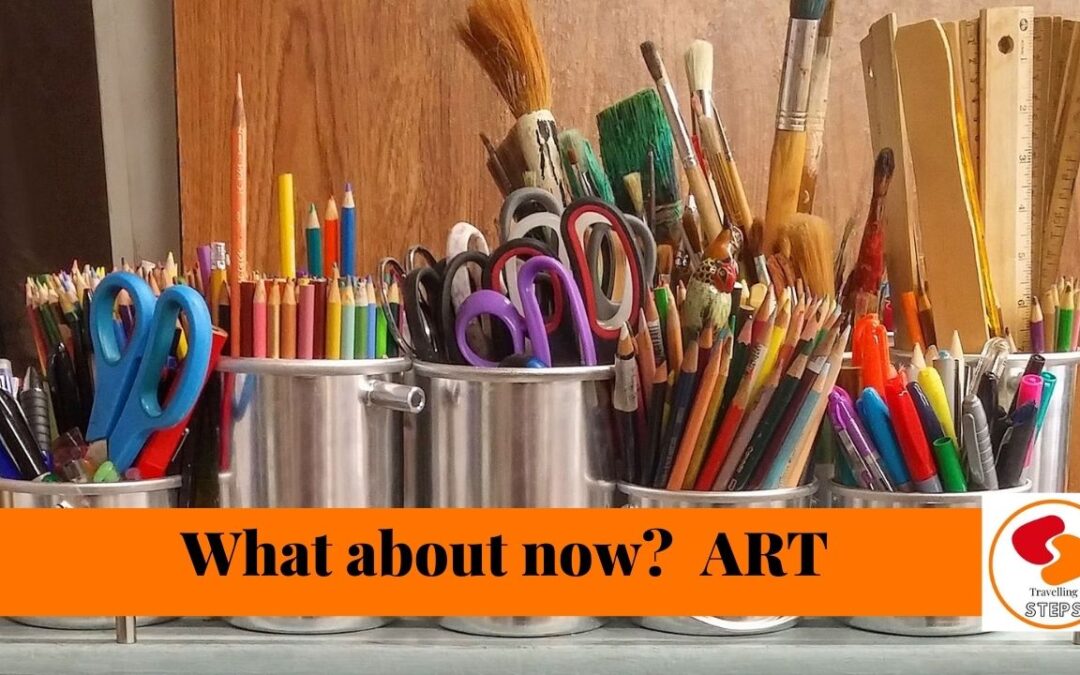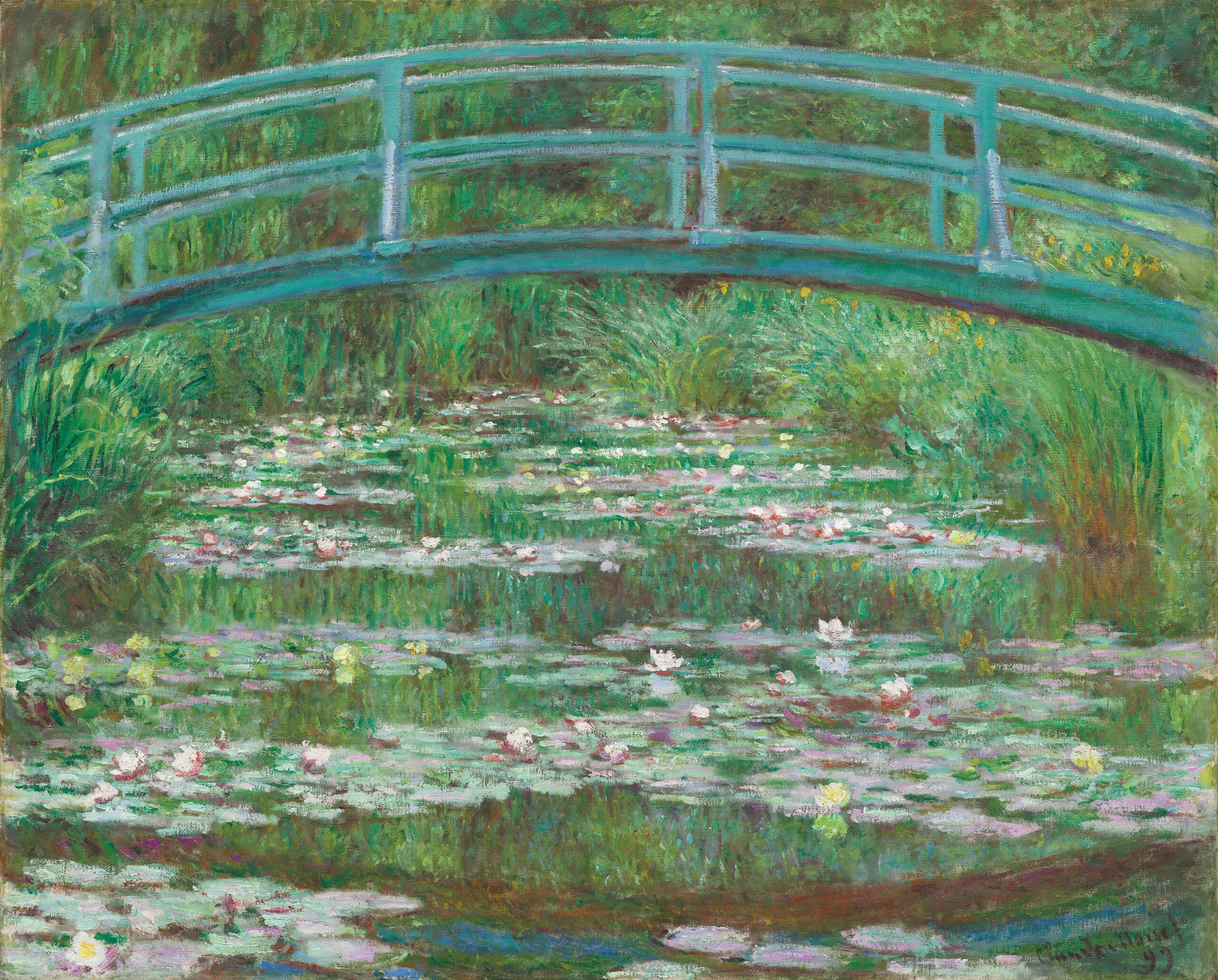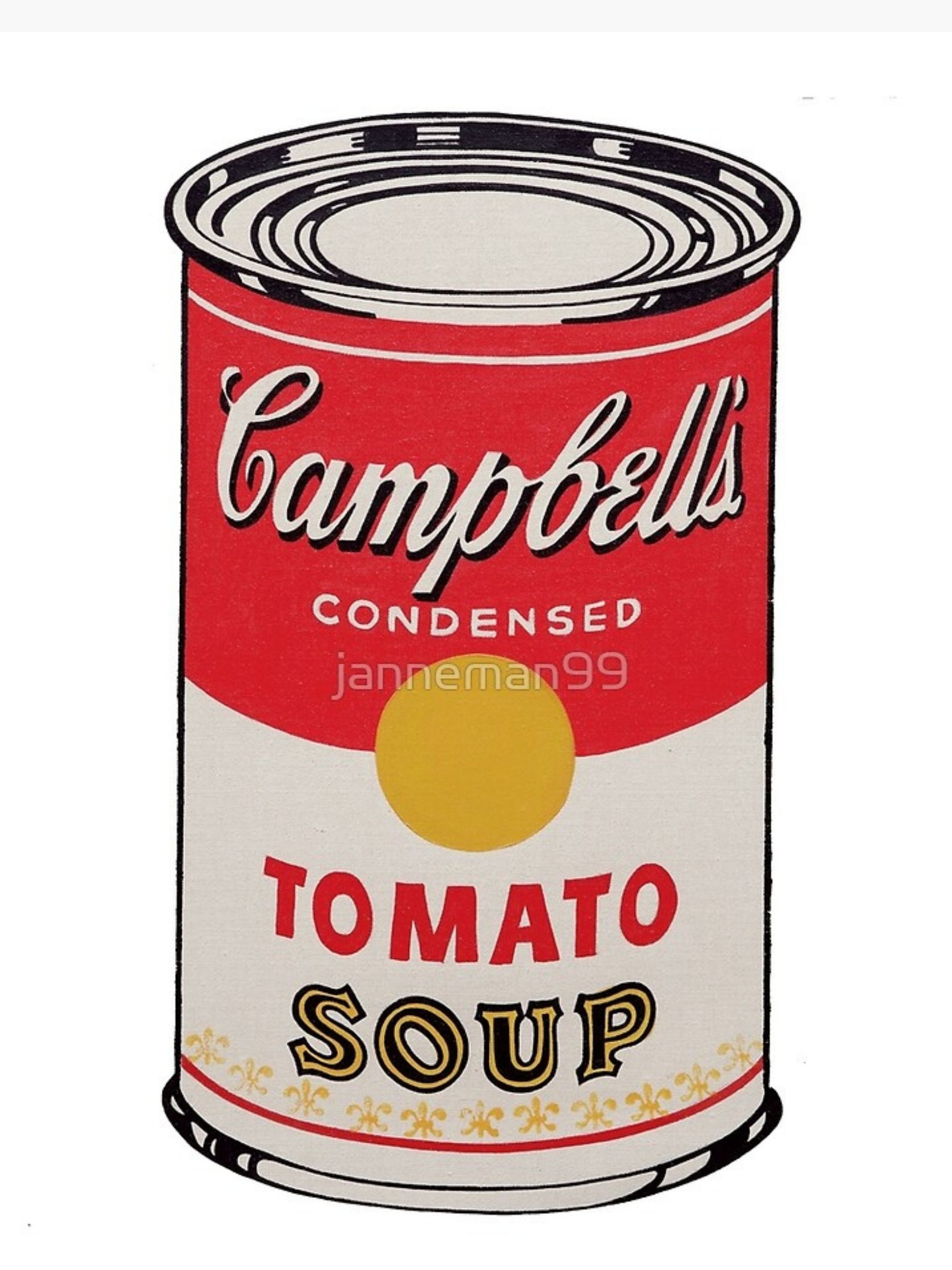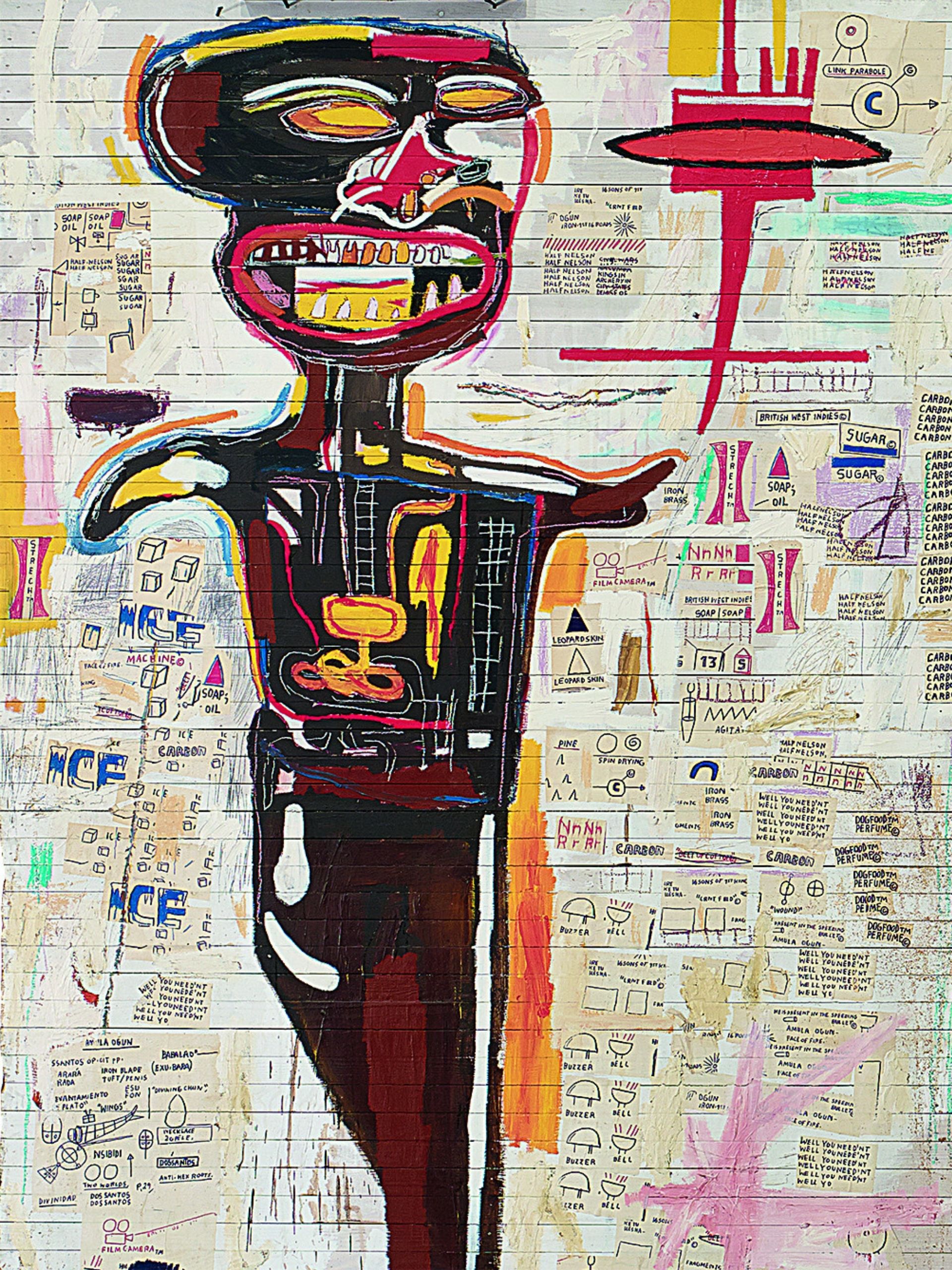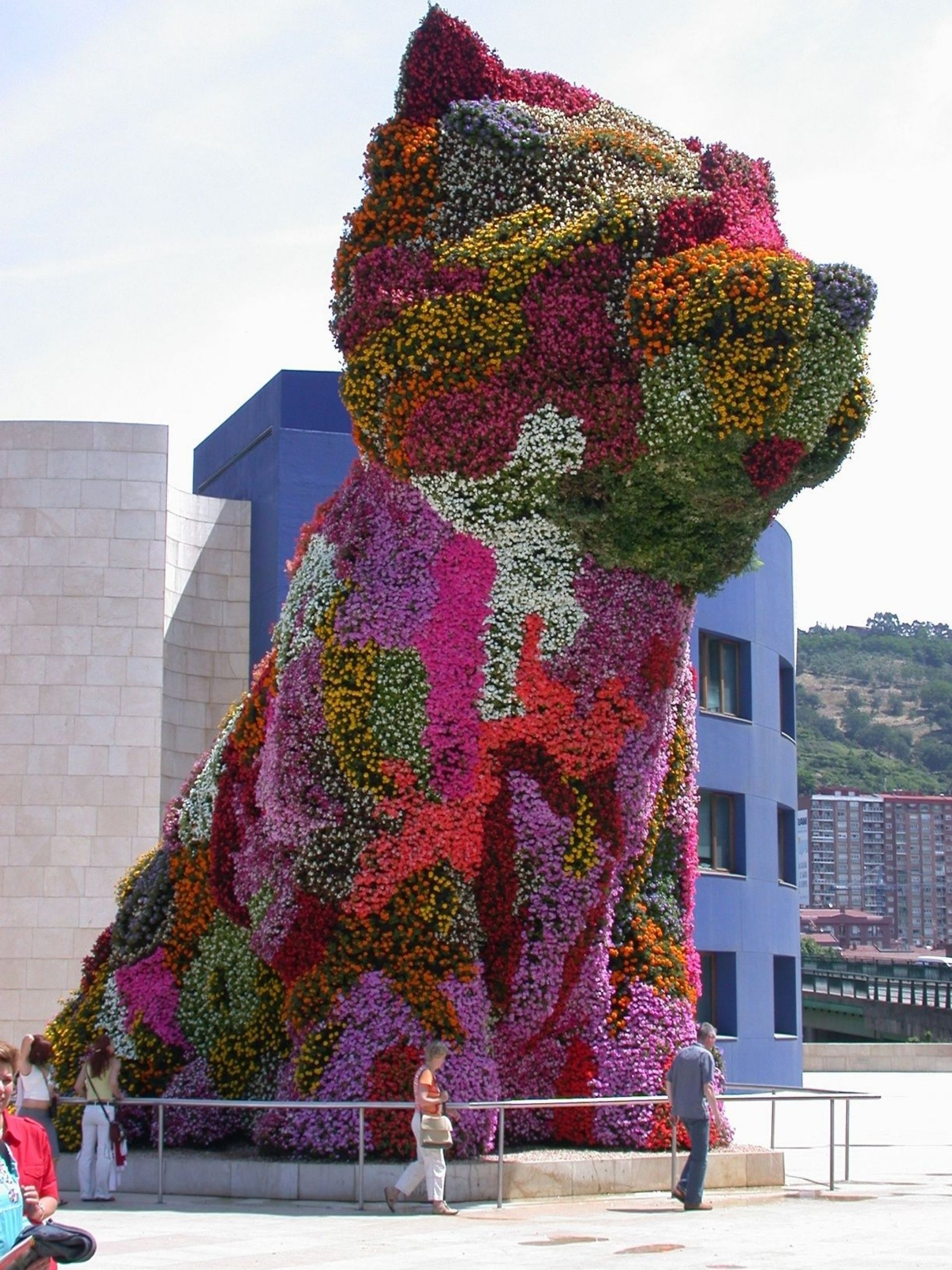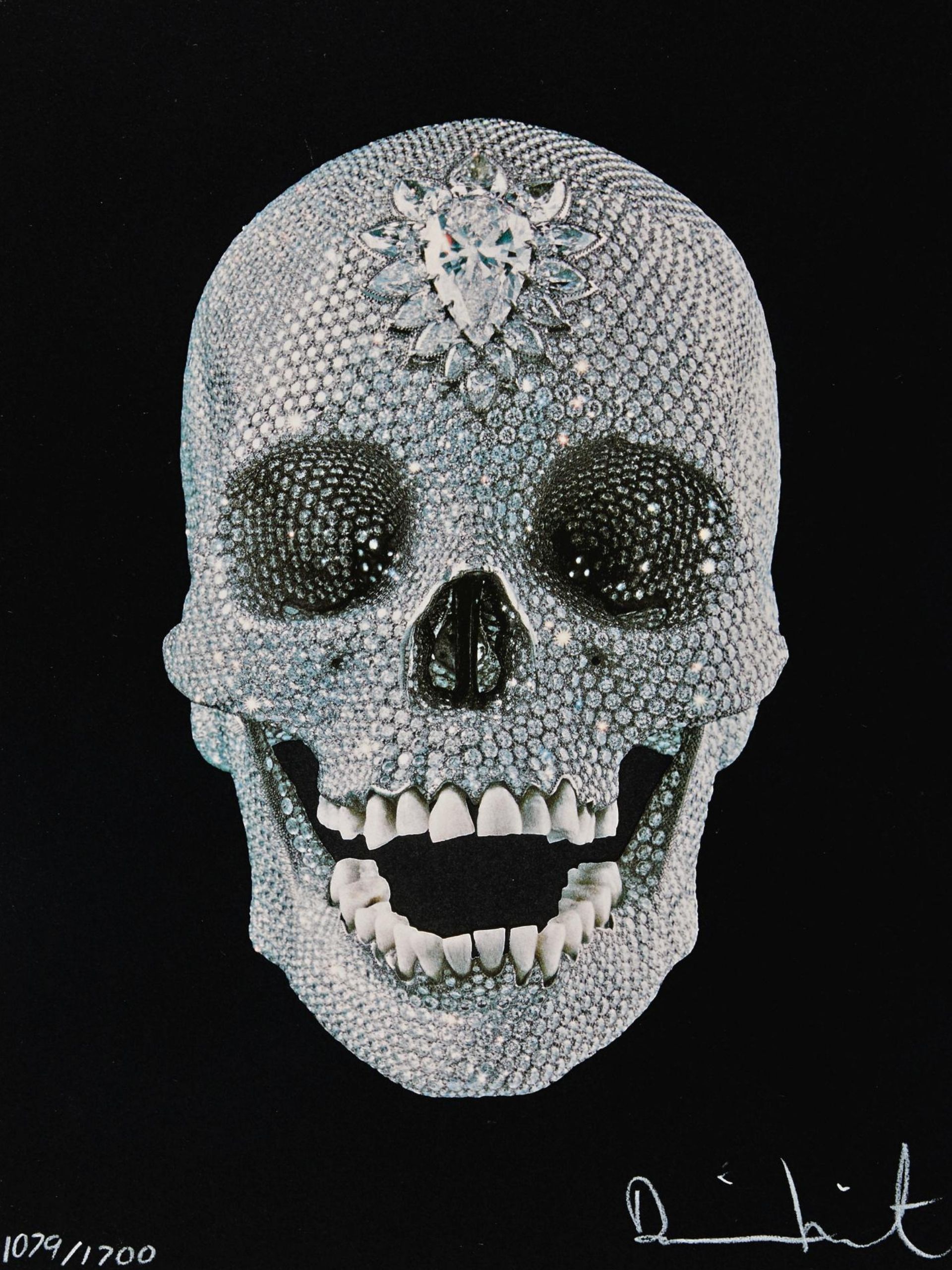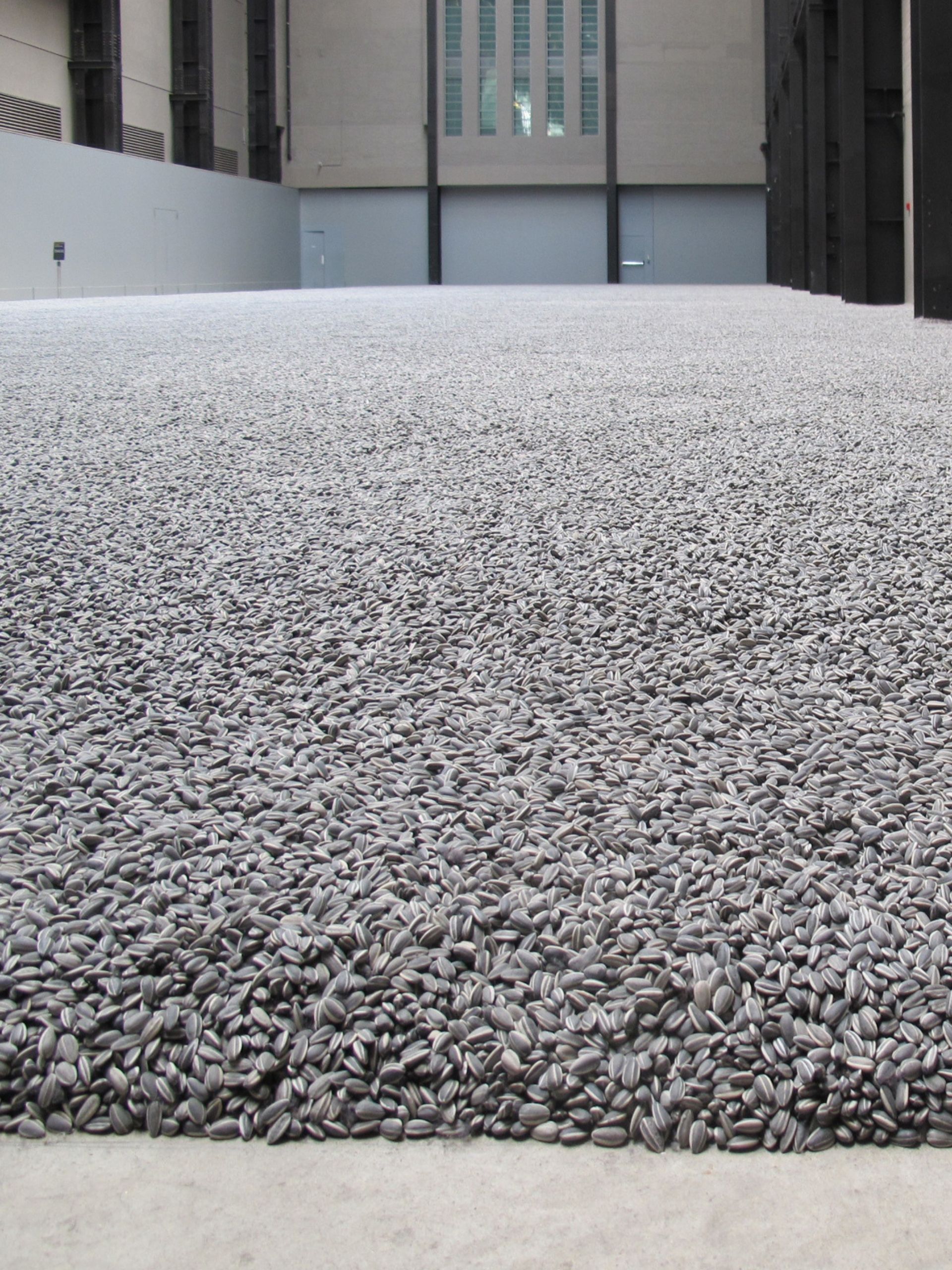It seems that this pandemic has its days numbered, soon we will be back to normal, or at least back to a “new normal”. But what will this idea of a new normal look like? All along in history after a crisis of this magnitude, be it a world war or a global pandemic, culture has changed. Are we ready for this new era?
In the section that follows I will write about how the world has changed ART after some of these crises. Then we can make a guess about what will happen next.
Let´s talk about art
Beginning with “cave men”, all civilizations have had the need to express who we are through art. We have painted depictions of our daily lives, our gods, sometimes we represent what is beautiful and sometimes what is not so beautiful. I believe we try to portray what we find in the heart of the society in which we live.
The biggest changes started in 1824 right after the creation of photography. There was no reason to portray reality anymore, consequently art as we knew it had to be reinvented. The century of the “-isims” started in the 1850´s – impressionism, expressionism, cubism, surrealism, fauvism… all of these new words arrived on the art scene. In the beginning, this new art form was not even considered art, it was considered the work of crazy people.
France, and especially Paris, became the capital of modern art. Painters like Degas, Monet, or Picasso forever changed the basis of art. Suddenly we didn’t get to see what was there, these painters demanded more attention from the viewer. People began asking questions like, what is the artist trying to tell me? Or, how does this painting make me feel?
One constant in the “-isms” are the bright colors. Color is the one thing that photography of that time could not quite capture. A picture could show you the perfect tree, but you won’t know if the leaves are green, orange or ocher. A black and white photograph cannot show you a sunset. Artists understood the importance of color, and painted the world in all different shades and textures.
This hyper-colored, non-written rule, changed in 1936 when Pablo Picasso, king of cubism and bright colors, painted the “Guernica” mural in black and white. This painting predicted the dark times of World War II and the end of an era.
After WWII, the art scene moved to New York City. It was the time to reconstruct, but in order to create something new, we needed a clean canvas. As the Phoenix rises from the ashes, art needed to be destroyed in order to be born again. Painters like Jackson Pollock destroyed canvases with his tumultuous paint dripping. Pollock’s abstract impressionism gave birth to American Modernism. Art becomes more inclusive, with Afro-American painters like Aaron Douglas, and female artists like Georgia O’Keeffe.
Jackson Pollock
Aaron Douglas
Georgia O’Keeffe
As New York City was the art capital of the world, whatever happened in America would be reflected in art. The Vietnam War had started and many of the young generation were against it. There was a lot of tension in the streets and in the families, there were riots, demonstrations, and chaos. Young people protested in the streets and needed art as an escape — thus Pop Art was born. Andy Warhol dared to create art out of a Campbell’s tomato soup cans. Jean-Michel Basquiat brought graffiti to the art galleries. It was the power of youth.
Andy Warhol
Jean-Michel Basquiat
What about now? Where are we going next in ART?
I guess the art scene before COVID-19 was based in big exhibitions, with huge installations. The bigger and brighter, the better.
Jeff Koons has based his career creating eye-catching sculptures like his balloon series or the big flower puppy that we find at the door of the Guggenheim Museum in Bilbao.
Damien Hirst, plays with real animals sunk in big silicone molds, large scale mandalas in bright colors, and who can forget the platinum skull covered with diamonds, sold for 50 million pounds in 2017?
Takashi Murakami – I have not been able to find one painting by this amazing Japanese artist without the color pallet of the Manga Comics. His smiley flowers are so iconic that they made their way onto a Louis Vuitton handbag.
Yayoi Kusama, also from Japan, has been one of the most relevant female artists for the last 60 years. When she voluntarily entered a psychiatric hospital in 1977 her work became bigger and brighter. Her polka dot covered world became her signature.
Ai Weiwei is probably the most politically oriented artist in the world. He protests against the lack of human rights in his birth place, China. The first time I heard about Weiwei was when he covered the Tate Gallery in London with 100 million porcelain sunflower seeds made one-by-one. This was his way to bring attention to the cheap labor force that China is for the world.
What all of these artists have in common is the magnitude of their work. Each one of the artists express, in a very visual way, what they want. All of their art is meant to be seen, photographed, they are picture perfect, Instagram perfect.
I must confess that I have photographs, many times selfies, using the work of these artists as a backdrop. But is this really what I want after COVID?
In a visit I made to New York City in 2018, I discovered the work of Kerry James Marshall. I was moved by the serenity of his characters. The pride, joy, and elegance of his art is compelling, you feel the truth.
Another painter I am attracted to is John Currin. His languid, almost oneiric portraits, fill me with joy; although at the same time I feel something hidden in the eyes of his characters. Are they smiling because they are happy? Are they smiling at me? I can get lost in those bold eyes.
What will art look like in 2030? Will it be about perfect pictures or a little bit more introspective? We will just have to wait and see!

